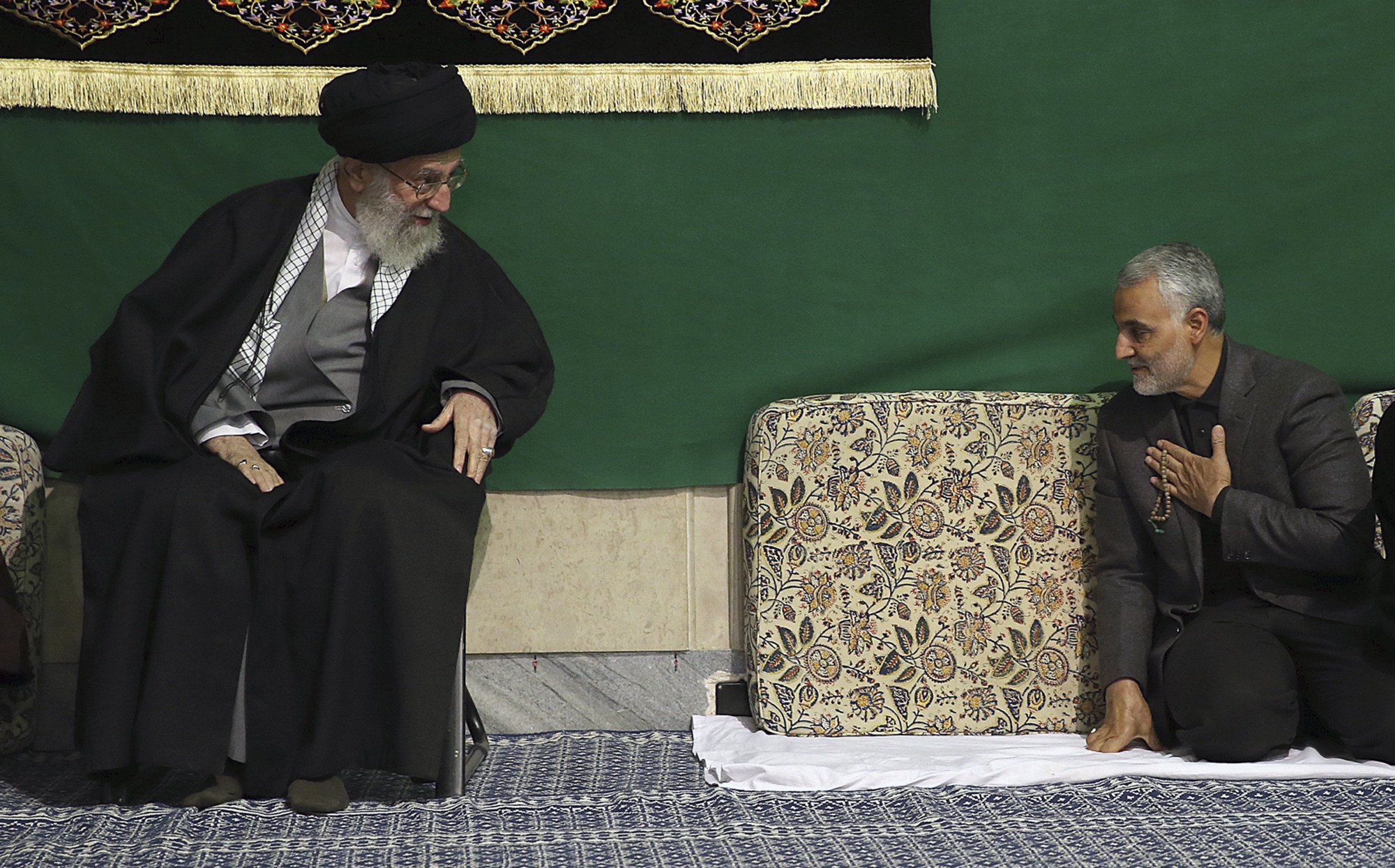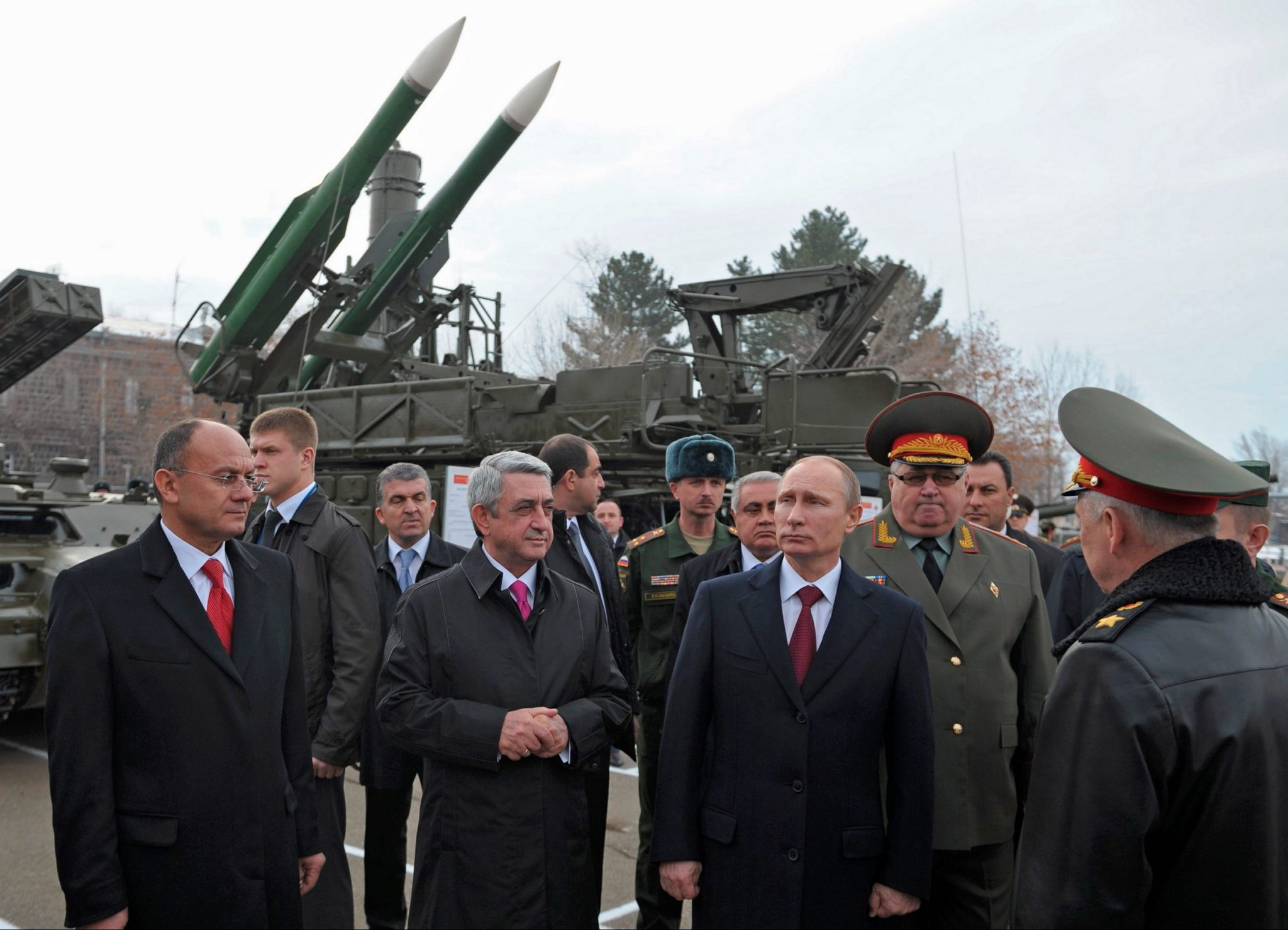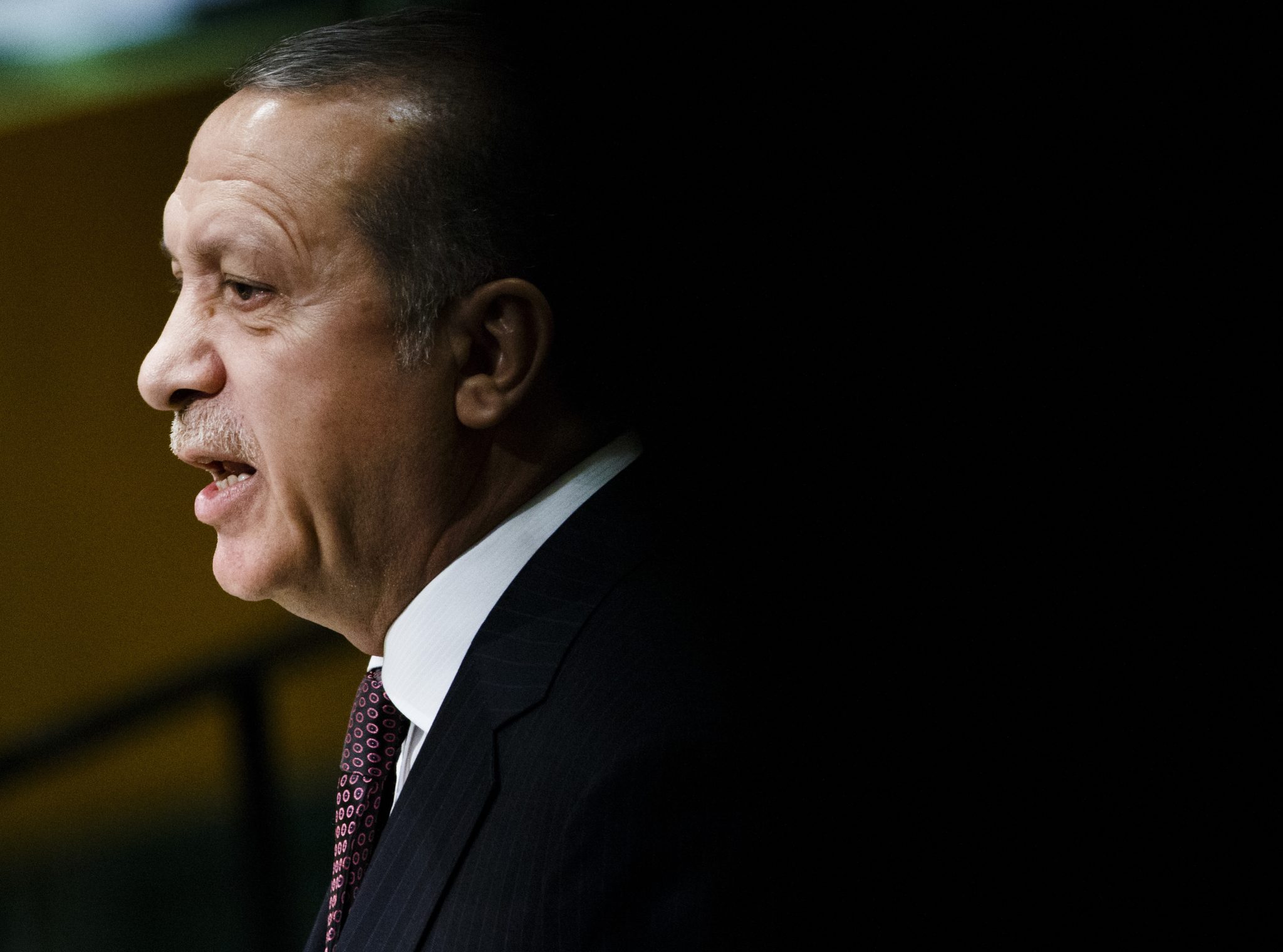
[toggler title=”DISCLAIMER” ]All opinions in this column reflect view of the autor(s), not of Vocal Europe[/toggler]
Since it took power in 1979, the Iranian regime has been seeking relentlessly to impose its Shiite ideology across the Sunni-majority Middle East.
For this, it established militant groups in multiple Arab nations whose loyalties are for the regime in Tehran in the first place, including the Lebanon-based Hezbollah, with its pivotal role in the political equation in Beirut, the Houthis in Yemen, and the Popular Mobilization Units in Iraq (PMU).
The ultimate aim of the Iranian autocracy is to expand regional presence, spilling over its stalwarts into the neighboring Arab spots.
Many observers believe what Iran is doing in the region is no surprise, since the regime has an agenda and wants to render it implemented. But, to many, recent revelations by the CIA indicate things are more complicated.
A newly released documents recovered from Osama bin Laden’s Pakistan compound have revealed “secret dealings” between Iran and al-Qaeda.
Nearly half a million files found on the computer seized in the May 2, 2011, US raid on the al-Qaeda founder’s hideout in Abbottabad were released by the CIA on Wednesday.
[alert type=blue ]Author: Mostapha Hassan Abdelwahab is a freelance journalist focusing on the Iranian affairs, who is writing for several sites, including The Baghdad Post.[/alert]
A 19-page document said to be written by a senior member of al-Qaeda details an arrangement between Iran and members of the group to strike American interests in “Saudi Arabia and the Gulf.”
According to the leaked documents, Iran offered Sunni militants “money, arms” and “training in Hizbollah camps in Lebanon.”
Also, Iranian intelligence facilitated the travel of some operatives with visas, while sheltering others.
Old friendship
In fact, what is said about the relationship between Iran, ruled by an extremist Shiite regime, and al-Qaeda, which is an extremist Sunni group embracing an ideology that amounts to that adopted by ISIS, is nothing new.
Reports spoke of documents released by the Iraqi intelligence, exposing Iran’s ties with al-Qaeda leaders.
They also reveal al-Qaeda leaders shuttled between Iraq and Iran as they had been sheltered and trained in camps inside Iran.
Those commanders include Saiful Adl whose true name is Mohammed Salahuddin Zidane. He is Egyptian and is one of al-Qaeda’s senior leaders who plotted terror attacks from inside Iran. He is also said to be engaged in plotting bombings in Riyadh.
Also, there is Abu Musab al-Zarqawi, a senior Jordanian Qaeda leader. He entered Iran in 2001 and stayed there for over a year where he planned to establish a new terror group. He is the founder of al-Qaeda in Iraq, a nucleus to what is called now ISIS.
Iran also aided Suleiman Abu-Ghaith al-Kuwaiti who is the spokesperson of al-Qaeda.
He is the son in law of Bin Laden. Al-Kuwaiti settled up in Iran after 2001. He moved to Jordan in 2013 using an Iranian passport. Later on, he was deported to the US to stand trial.
All those leaders had been aided by Iran, while they are members of an extremist Sunni group.
Common interests
Observers said the two sides, al-Qaeda and Iran, always had something in common.
Iranian has connections to Hezbollah and Palestinian groups, such as Hamas and Palestinian Islamic Jihad, they said, adding:”The Shiite regime establishes such ties for nothing but achieving its interests. It is a matter of mutual benefit. So the regime engaged itself in ties with al-Qaeda decades ago.”
Tehran had long avoided being hit by the types of “martyrdom” operations that routinely rock the neighboring capitals of Baghdad and Kabul, columnist Thomas Joscelyn once wrote on the Daily Beast.
Commenting on the attack waged on the tomb of Imam Khomeini in which more than 12 people were killed, he said:” More important, perhaps, is the fact that the Iranian regime cut a secret deal with al Qaeda.”
According to Joscelyn’s piece, Al Qaeda’s leadership long sought to curb the anti-Shiite violence in Iraq. Ayman al Zawahiri, Osama bin Laden’s deputy and successor of emir of al Qaeda, even tried to persuade Abu Musab al Zarqawi, the founder of al Qaeda in Iraq, to stop targeting Shiite civilians.
In 2015, Intelligence summaries have revealed that one of the terrorists released from Iran custody is former Al Qaeda leader Osama bin Laden’s most trusted accomplice.
The release came within a prisoner swap deal with the group’s offshoot in Yemen.
Matters became a little bit different when al-Qaeda members broke away to join ISIS in 2014, but the core membership of the organization continued to obey orders and refrained from attacking Iran.
This indicates how far the interests of the two sides were intertwined. Al-Qaeda always stood against Arab regimes in the Gulf, as well as the American interests, which represented an essential portion of the Iranian regime’s agenda.
“The collusion between Al Qaeda and Iran is something we have seen before and this trade, if known by the U.S., should have been included as part of the Iran deal negotiations,” Gen. Michael T. Flynn, who retired last year after heading the Defense Intelligence Agency was quoted by the New York Times as saying.
According to other observers, the newly leaked documents don’t add up in terms of to the nature and history of the Iran-Qaeda ties. They will rather give new insights on the scope and trajectory of this relation.



